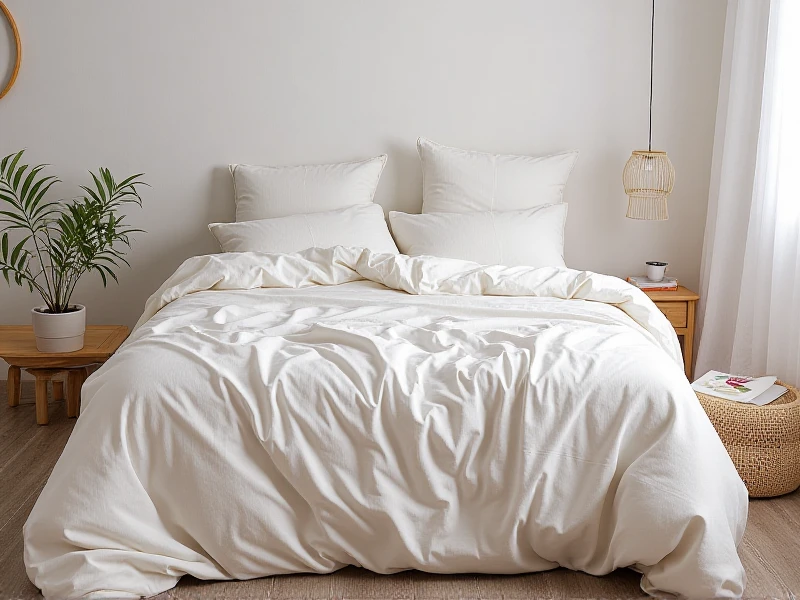Exploring the Dynamic World of Textiles: From Tradition to Tomorrow
2025-06-09

Textiles have woven themselves into the fabric of human history for thousands of years, serving as both a necessity and an art form. As a cornerstone of everyday life—from the clothes we wear to the materials in our homes—textiles are far more than just fibers; they are threads that connect cultures, economies, and innovations. Today, as we navigate challenges like sustainability and technological advancements, the evolution of textiles offers fascinating insights into how this ancient craft continues to shape our modern world. Understanding their role isn't just about appreciating beautiful fabrics but recognizing their profound impact on industries, environments, and lifestyles. Let's delve into the rich tapestry of textiles, exploring their journey and why they remain indispensable.
The Historical Roots of Textiles
The story of textiles dates back to prehistoric times, when early humans crafted rudimentary fabrics from natural fibers like flax and wool. In ancient civilizations, such as Egypt and Mesopotamia, hand-woven cloth became symbols of wealth and culture. The Middle Ages saw the rise of guilds in Europe, where artisans honed techniques like spinning and weaving by hand. This era laid the groundwork for the Industrial Revolution in the 18th century, a pivotal moment when inventions like the spinning jenny and power loom transformed textile production into a mass industry. Suddenly, textiles were no longer labor-intensive crafts but global commodities, fueling growth and connecting continents. Today, echoes of this heritage persist in handmade traditions, while machines now churn out textiles at unprecedented scales, driving advancements that cater to a diverse world.
Types of Textiles and Their Modern Evolution
Textiles come in a dazzling array of forms, broadly divided into natural and synthetic materials. Natural textiles like cotton, silk, and wool are cherished for their breathability and biodegradability. Cotton, for instance, remains a staple in fashion for its versatility, while silk retains an elite status as a luxurious fiber for high-end apparel. On the other hand, synthetics such as polyester and nylon, born from chemical innovations in the 20th century, offer durability and water-resistance ideal for everyday wear and industrial uses. Beyond clothing, textiles serve as vital components in various sectors. Think of medical textiles used in bandages and implants, technical textiles for automotive interiors and protective gear, and even architectural textiles that strengthen modern structures. Innovations like recycled fibers now blend old and new, turning plastic waste into functional fabrics and reducing environmental footprints. This category highlights how textiles adapt to our needs, offering solutions from the runway to the factory floor.
Embracing Sustainability: Textiles' Crucial Role in Eco-Friendly Design
The textile industry is at a crossroads as the world pushes for greener solutions. Traditional production often consumes vast resources—like the staggering water usage in cotton farming—or generates pollution from synthetic dyes and microplastic waste. Thankfully, a shift toward sustainable textiles is gathering momentum, driven by consumer demand and global initiatives. Organic textiles like organic cotton or linen minimize pesticide use, while regenerated fibers—such as TENCEL™ from wood pulp—offer closed-loop processes that conserve water and energy. Ethical considerations are also key, with fair-trade textiles promoting better livelihoods for workers. As consumers grow eco-conscious, innovations like biodegradable synthetics and circular economy models (where materials are reused and recycled) are leading the charge. Embracing these changes not only protects our planet but ensures textiles remain an ethical choice for generations, fostering a cycle of responsibility and rebirth.
Future Trends and Why Textiles Matter
Looking ahead, textiles hold the promise of merging tradition with cutting-edge tech. Smart textiles embedded with sensors or conductive threads are revolutionizing fields like healthcare, where they monitor health vitals, or fitness, enabling apparel that tracks activity through integrated wearables. Nanotechnology now creates stain-resistant and antimicrobial fabrics, while 3D printing allows for custom weaves that reduce waste. This forward-thinking approach aligns with global challenges, such as climate change, driving research into materials that capture carbon or improve energy efficiency. Ultimately, textiles are more than just industry assets; they empower communities through job creation and cultural preservation. For a sustainable economy, supporting innovations in textiles means investing in a harmonious future.
The enduring appeal of textiles lies in their ability to blend functionality with artistry, evolving from ancient looms to the forefront of tech and sustainability. By understanding and championing these fibers, we not only preserve a rich legacy but pave the way for smarter, kinder innovations. So next time you admire a cozy sweater or a sleek interior fabric, remember—you're part of a vast, interconnected story where textiles continue to stitch a brighter tomorrow. Stay curious, and explore how your choices can support this vibrant world.
Word count: 638
Category: